With over 20,000 registered pharmaceutical trademarks in the USPTO database alone, healthcare brands must work harder today than ever before to cut through the noise and truly differentiate from competing products and therapies.
A healthcare brand name is read, written and spoken millions of times a day by HCPs and patients. It is viewed each time a prescription is written and every time a patient takes a dose. It is the most visible billboard for the brand and one of the only elements to remain unchanged over the life of the brand. Failure to deliberately align a product’s name with its brand positioning can be an expensive and enduring marketing error!
A product is as different from a brand as a caterpillar is from a butterfly – from the purely functional to a thing of beauty that conveys one or more emotional connections to promote selection amongst the right patients.
If a brand name is neither grounded in nor derived from the brand’s positioning, it is more often than not an unpronounceable or difficult to remember jumble of letters that only meets the objective of regulatory approval, while missing the opportunity to play an integral role in the overall communication platform.
To succeed, a truly hard working brand name must be deliberately strategic.
While name safety and regulatory approval are important, they are entry level qualifications for healthcare brands. Names designed solely to ensure regulatory approval are often unpronounceable jumbles of letters with little cultural or therapeutic relevance justified only by the fact that they are “pharmaceutical” names, not consumer names. That is a lazy excuse.
Beyond being safe and approvable, healthcare brand names should be easy to read, write and speak as well as possess high memorability and a positive tone. But to truly work hard in the marketplace, a great brand name must convey and reinforce the brand’s positioning, be aspirational and enveloped in a messaging environment designed to resonate with prescribers and patients at an emotional level.
Prescribers are consumers, too! That’s why it is vitally important to craft names that not only resonate and connect on a rational/scientific level, but also a lasting emotional level.
Emotional attributes link the Target Product Profile (TPP) to a brand story that resonates with prescribers and patients – and gives them both tangible and intangible reasons to recall and prescribe a specific brand.
Emotion creates a strong connection between your brand, the prescriber and the patient. The result: preferential prescribing of your brand to the right patients for the right conditions in the right doses at the right time. The more frequently this happens, the more prescriptions are written and the more commercially successful your brand becomes.
Take for example Sunovion’s Lunesta. Lunesta is well-positioned to convey the emotion of ‘restful sleep.’ The name itself contains the prefix “Luna-” for moon. The “-esta” suffix joined to the Luna- prefix conveys a soft, gentle tone to convey restful sleep. The name Lunesta is surrounded by images of restful sleep and the softness of the distinctive luna moth to reinforce the theme of a soft, gentle night’s sleep. All this works together in a compelling way that encourages action: “When patients need a gentle, restful night’s sleep, prescribe Lunesta.”
If a brand’s name is difficult to recall or is disconnected from its positioning it is less likely to be prescribed, robbing patients of a potential therapeutic benefit and impeding brand performance.
Brand name development should never be seen solely as a regulatory endeavor. Deliberately strategic healthcare brands succeed when the name and positioning work together seamlessly to connect in a deeper, more meaningful way.


